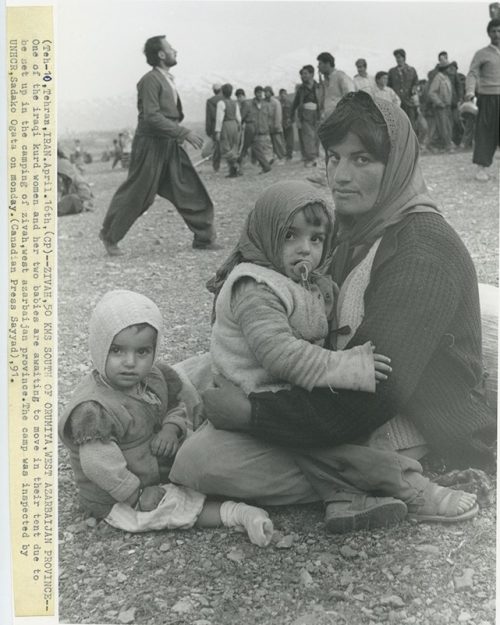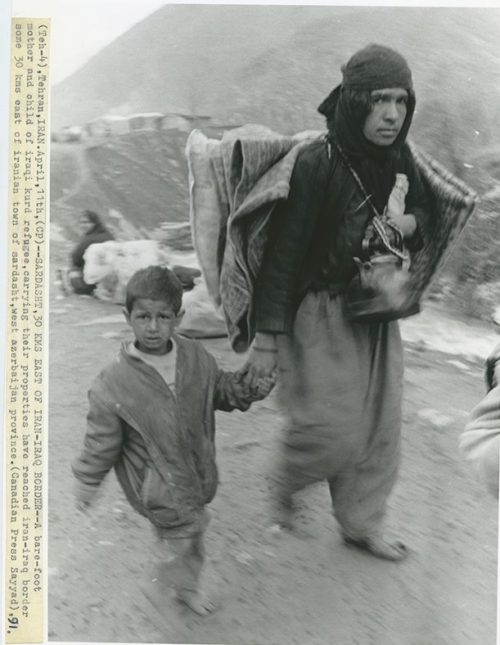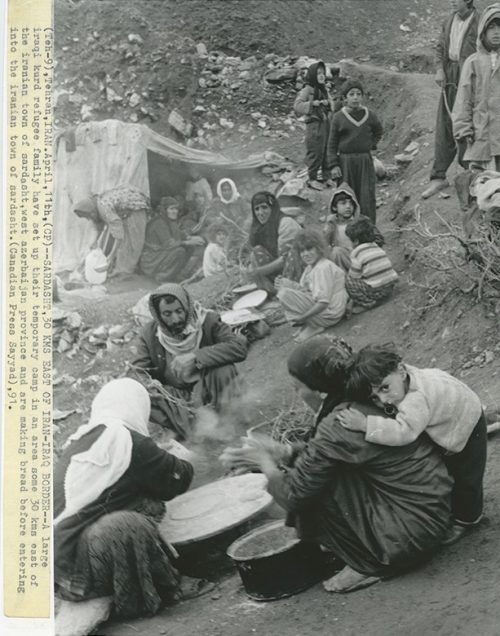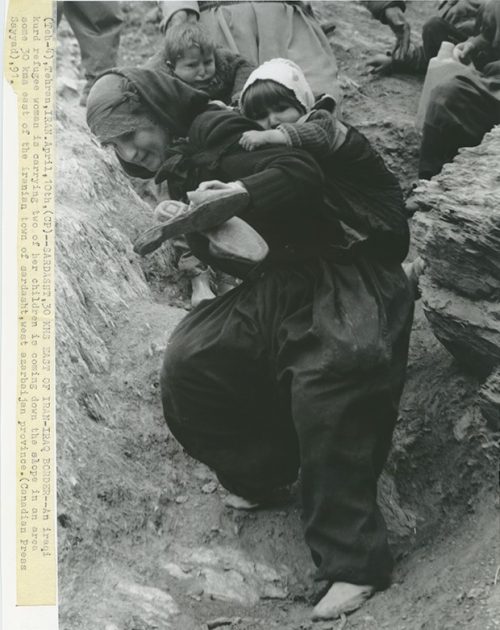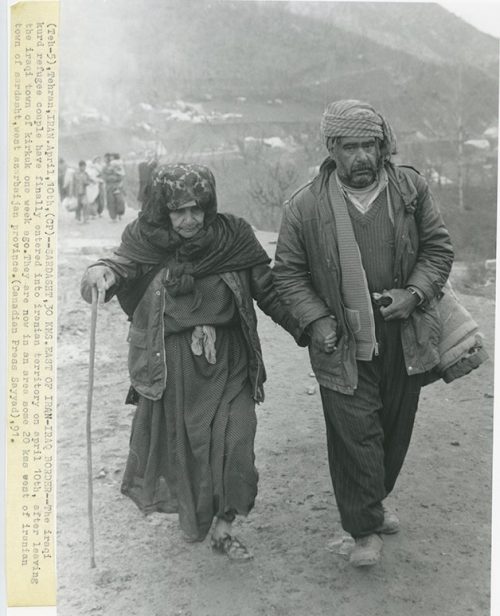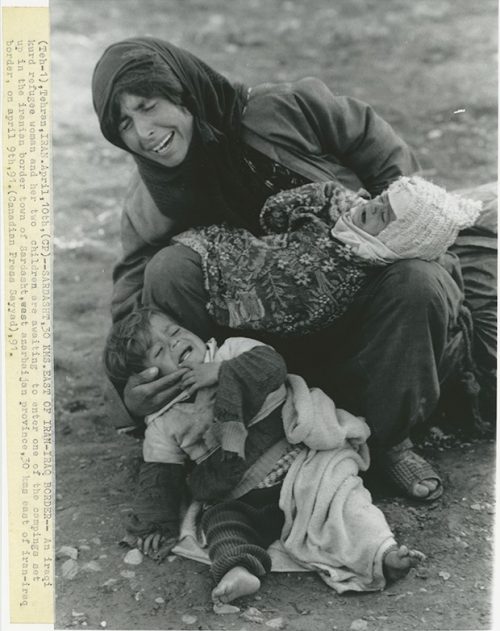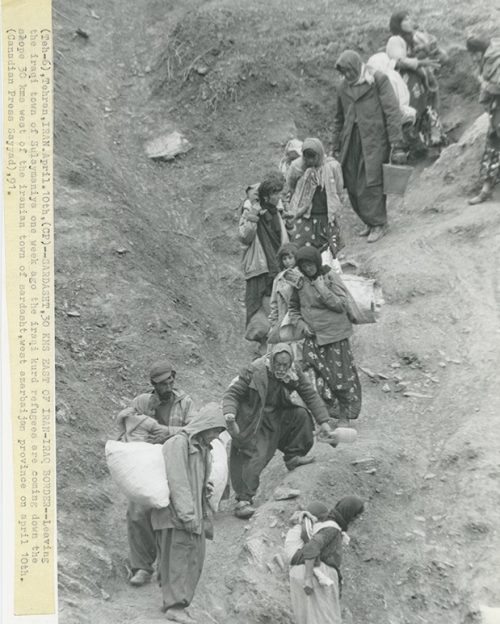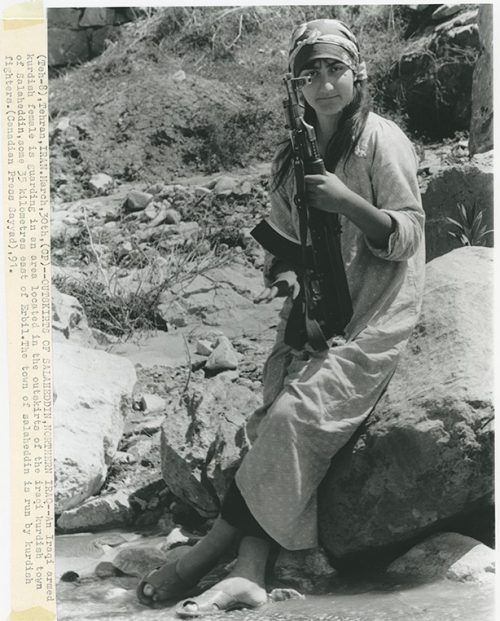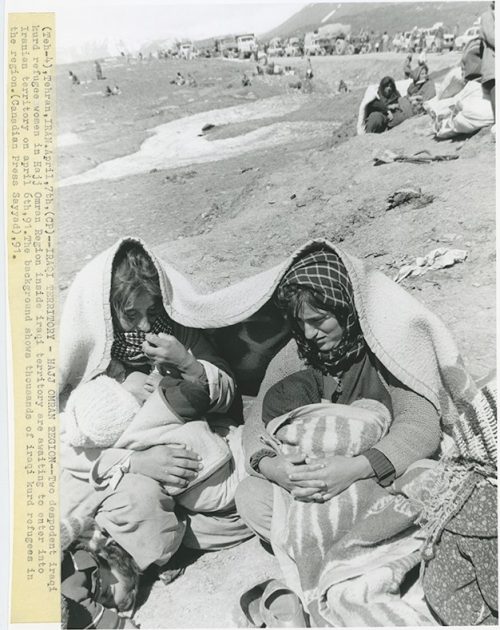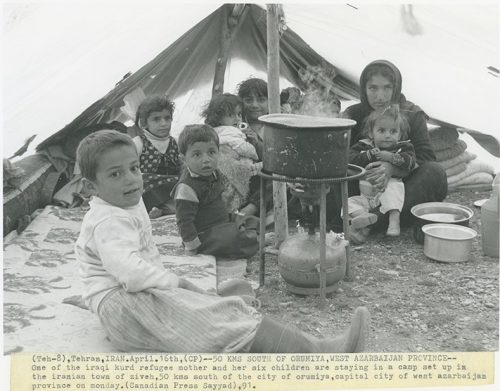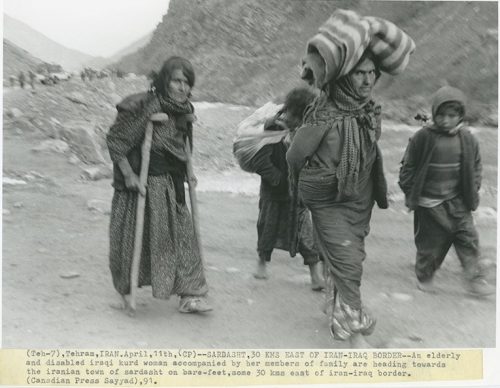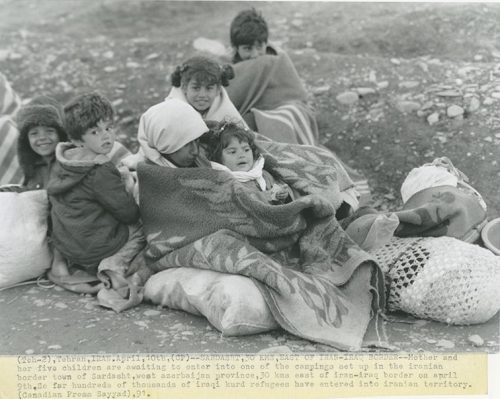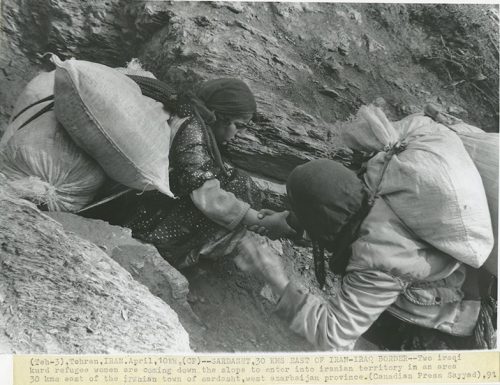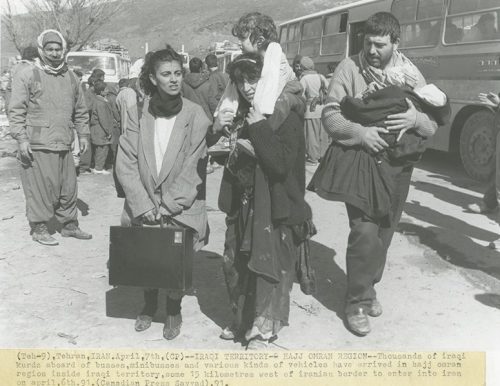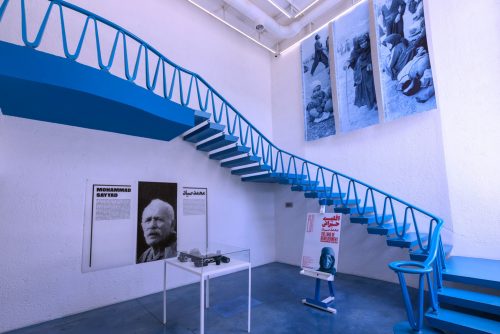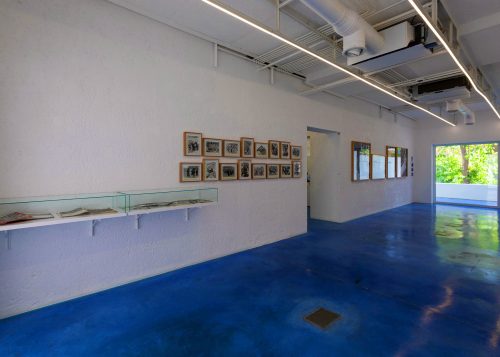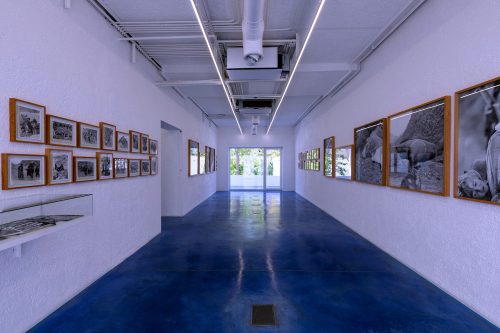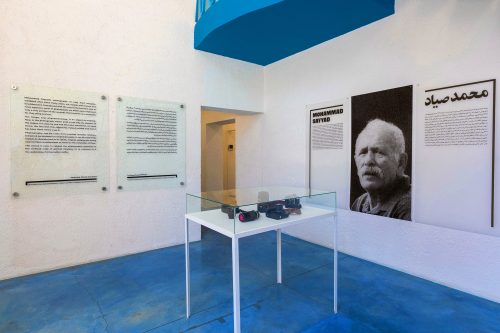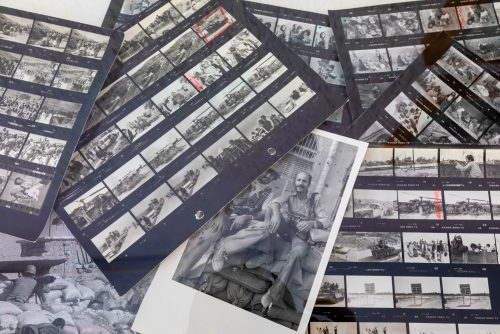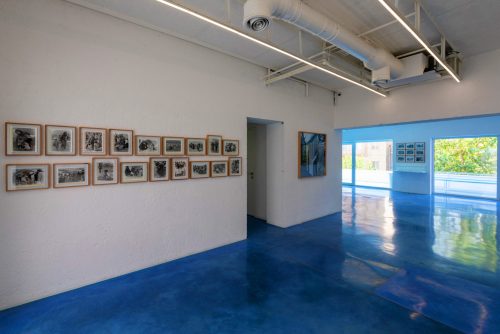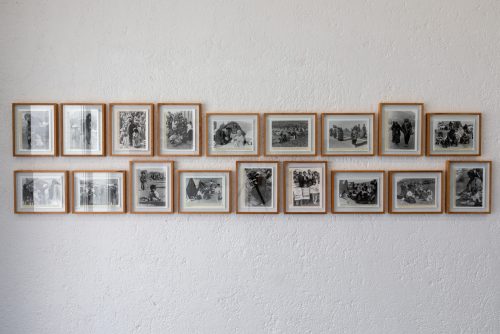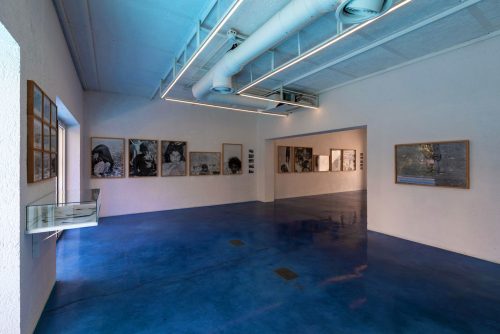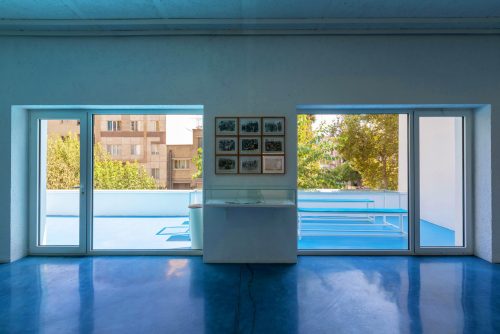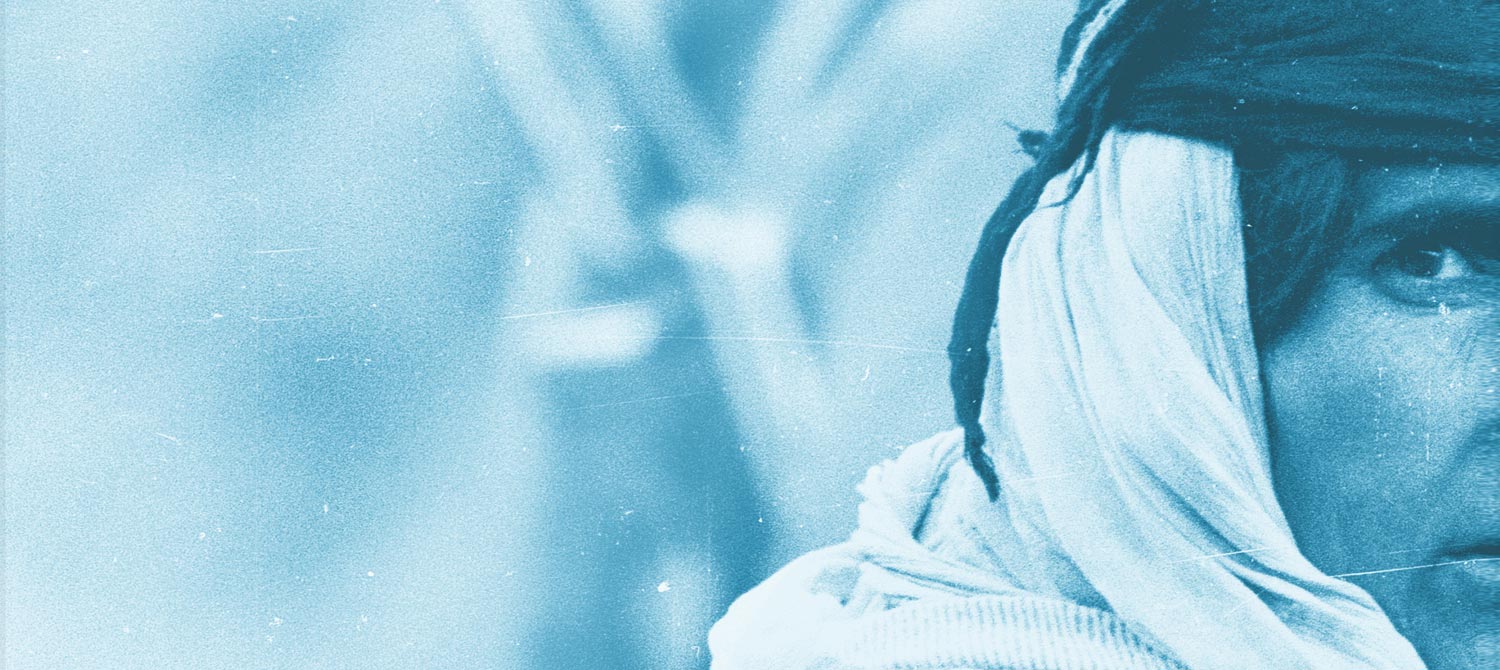
The Land of Bewilderment
Mohammad Sayyad
Aug. 2 – Sep. 6, 2019 |
- Hall A
- Hall B
- Panahgah
Mohammad Sayyad’s photographs of Iraqi Kurd refugees, exhibited after some thirty years, are replete with sorrow and bewilderment. Juxtaposed with the very texts that were sent to news agencies, parts of photographs are blown up to represent only a tiny portion of the wounds that function as a punctum, for they sting and cut.
The image, says phenomenology, is an object-as-nothing. Now, in the photograph, what I posit is not only the absence of the object; it is also, by one and the same movement, on equal terms, the fact that this object has indeed existed and that it has been there where I see it.
Photography can be tame if its realism remains relative, tempered by aesthetic or empirical habits. It can be mad if this realism is absolute and, so to speak, original, obliging the loving and terrified consciousness to return to the very letter of Time.
The choice is ours: to subject the photograph’s spectacle to the civilized code of perfect illusions, or to confront in it the wakening of intractable reality.
Mehrdad Afsari (Curator)
[Excerpts from Roland Barthes’s Camera Lucida, translated by Richard Howard]
Mohammad Sayyad Sabour is one of the forerunners of Iranian photojournalism who was born in 1947 in Bandar Anzali. He moved to Tehran when he was a teenager and started working in the Photo Plaza studio and learned photography there. In 1969, he started his career as a professional photographer. Between 1971 and 1978, he worked for the Ayandegan newspaper for its political, sports, and social sections. In 1978, as he was still working for Ayandegan, he was recruited by the Associated Press, which lasted for more than two decades. Since the very beginning of Iran-Iraq War, Sayyad started going to the war zones to take pictures for the AP. His photographs of the revolution days as well as the years of war have been extensively published in books, such as Enghelab-e Noor, 444 Days: The Story of the American Hostages in Tehran, Romantic Defense, The Imposed War: Defense vs. Assault. In 1979, he published The Protest with Kaveh Golestan, which is a photographic report of the events of the days leading to the victory of the Iranian Revolution. In 1980, Sayyad’s photographs of the failed Operation Eagle Claw in Tabas won the Prize of the best Middle Eastern photography. He is a member of Iranian Photojournalists’ Association. Currently, he lives and works in Tehran.
